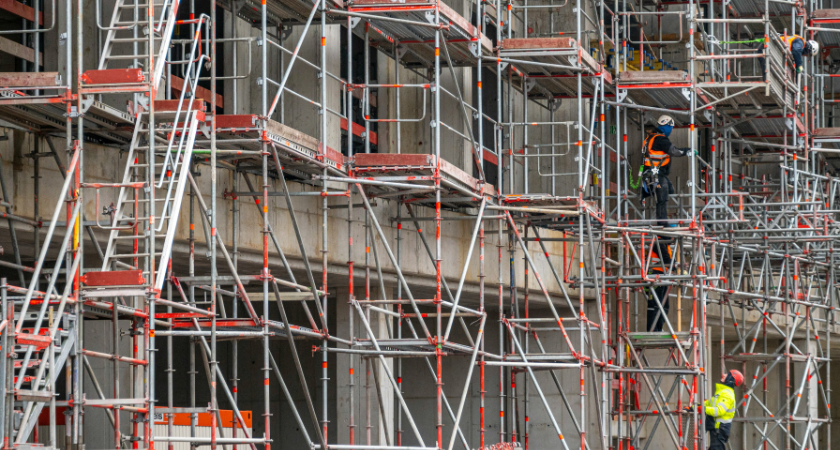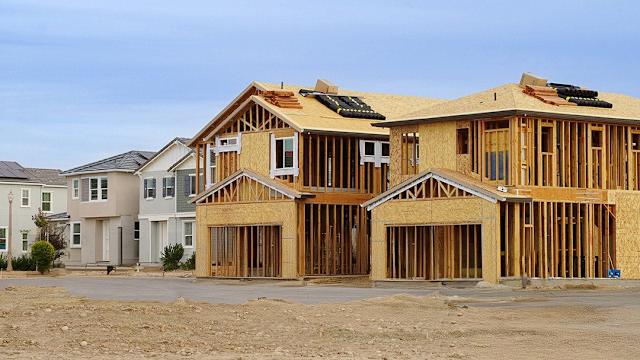
Residential construction in Washington state has fallen to levels not seen since 2013, according to a new revenue forecast from the state’s Economic and Revenue Forecast Council (ERFC). The decline has sparked concern among builders, who cite policy and regulatory barriers as major contributors to the slowdown.
In 2013, around 33,000 residential housing permits were issued. Permitting rose steadily, reaching 46,000 by 2017. After the 2020 pandemic lockdowns, which temporarily halted construction, permits dipped from 48,000 in 2019 to 44,000, then spiked to 52,000 in 2021. However, in recent years, permit activity has dropped sharply, with the ERFC forecasting only modest increases in the coming years—still well below 2021-22 levels.
“The sharp decline is a little shocking,” said Jan Himebaugh, Vice President of External Affairs at the Building Industry Association of Washington (BIAW). “For a long time we have been telling policymakers that if they don’t make it easier, people will stop building houses. A lot of those businesses don’t want to build here anymore.”
Himebaugh cited several state and local policies as obstacles. Recent revisions to the State Energy Code now mandate heat pumps for residential heating and cooling. Initiative 2066, supported by BIAW and passed by voters last year, protects natural gas use from state and local bans. Additionally, wetland buffer zones restrict available land for development.
“We’re driven to the point where it’s either impossible to do what your customer wants or impractical,” Himebaugh said. “Those things all discourage people from participating.”
Permitting delays remain a systemic issue. Jennifer Anderson, Government Affairs Director at the Master Builders Association of King and Snohomish Counties (MBAKS), noted, “Our members are proceeding with a lot of uncertainty. They know as much as the general public – that everything is costing more. Permits take a long time to get. That’s a lot of risks for the projects they’re taking.”
Himebaugh added, “The risk for a builder and developer is ‘I don’t know if I’m going to get this in 190 days or five years.’ That’s a risk. Then you build a house nobody can afford. There’s only so many multimillion homes that people can build.”

Housing affordability continues to worsen. According to the University of Washington’s Center for Real Estate Research, the median sales price for a single-family home in the second quarter of this fiscal year rose to $675,600, compared to $289,300 a decade ago, a 133.5% increase. BIAW estimates that 80% of Washington families are unable to afford a home.
Permitting trends in major counties illustrate the decline. In July 2025, King, Snohomish, and Pierce counties issued 3,742 single-family permits, a 7% decline from July 2024. Multifamily permits were even weaker, with townhome permitting down 37% over the same period.
Local policies exacerbate the issue. Anderson noted, “The city of Seattle’s Mandatory Housing Affordability fees on townhomes have led to a simultaneous sharp decline in permits and an increase in costs for new townhomes in the city, preventing home production that could have supported an estimated 13,765 Seattleites.” Permits for new townhomes in Seattle fell roughly 87% between 2019-2024, and MBAKS projects a $775 million loss in construction-related tax revenue over the next 20 years.
“Supply is the way we’re going to truly affect the market,” Anderson emphasized, underscoring the need for regulatory reform and streamlined permitting processes to support housing development in Washington.
Originally reported by TJ Martinell in The Center Square.